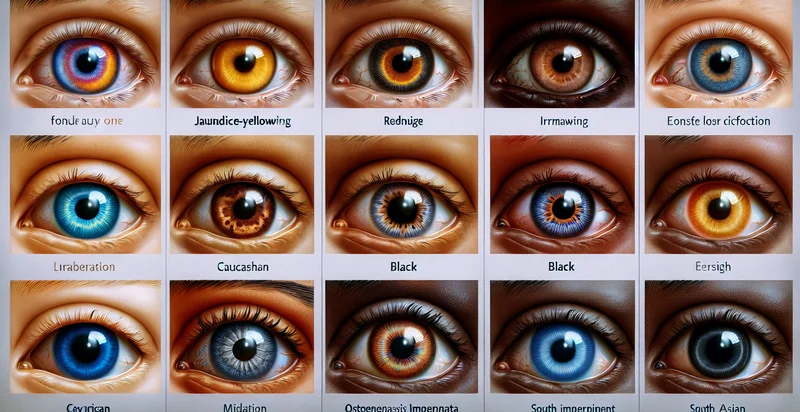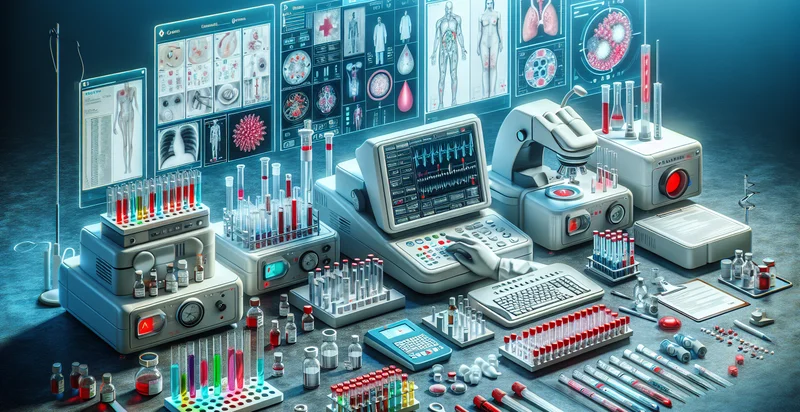Identify sclera conditions
using AI
Below is a free classifier to identify sclera conditions. Just upload your image, and our AI will predict scleral conditions present in the eye - in just seconds.

Contact us for API access
Or, use Nyckel to build highly-accurate custom classifiers in just minutes. No PhD required.
Get started
import nyckel
credentials = nyckel.Credentials("YOUR_CLIENT_ID", "YOUR_CLIENT_SECRET")
nyckel.invoke("sclera-conditions", "your_image_url", credentials)
fetch('https://www.nyckel.com/v1/functions/sclera-conditions/invoke', {
method: 'POST',
headers: {
'Authorization': 'Bearer ' + 'YOUR_BEARER_TOKEN',
'Content-Type': 'application/json',
},
body: JSON.stringify(
{"data": "your_image_url"}
)
})
.then(response => response.json())
.then(data => console.log(data));
curl -X POST \
-H "Content-Type: application/json" \
-H "Authorization: Bearer YOUR_BEARER_TOKEN" \
-d '{"data": "your_image_url"}' \
https://www.nyckel.com/v1/functions/sclera-conditions/invoke
How this classifier works
To start, upload your image. Our AI tool will then predict scleral conditions present in the eye.
This pretrained image model uses a Nyckel-created dataset and has 26 labels, including Blue, Brown, Clear, Cloudy, Discolored, Ecchymosis, Episcleritis, Gray, Hematoma and Hyphema.
We'll also show a confidence score (the higher the number, the more confident the AI model is around scleral conditions present in the eye).
Whether you're just curious or building sclera conditions detection into your application, we hope our classifier proves helpful.
Related Classifiers
Need to identify sclera conditions at scale?
Get API or Zapier access to this classifier for free. It's perfect for:
- Telemedicine Diagnosis: Medical professionals can utilize the sclera conditions identifier within telemedicine platforms to assess patients remotely. By analyzing images of the sclera, doctors can quickly identify conditions such as jaundice or scleral icterus, facilitating timely intervention.
- Automated Screening Programs: Healthcare organizations can implement automated screening systems using the sclera conditions identifier to pre-screen patients for common ocular diseases. This reduces the workload for ophthalmologists and ensures that at-risk patients receive follow-up care more efficiently.
- Patient Monitoring Systems: Continuous patient monitoring tools can integrate the sclera conditions identifier to track changes in scleral appearance over time. This feature is particularly beneficial for chronic diseases that may manifest through scleral changes, allowing for proactive management of patient health.
- Education and Training Tools: Medical education platforms can use the sclera conditions identifier as a training tool for students and healthcare professionals. By providing real-time feedback on image analysis, learners can enhance their ability to recognize various scleral conditions effectively.
- Research and Clinical Trials: Research institutions can deploy the sclera conditions identifier in clinical trials to analyze the prevalence and progression of different scleral conditions. This data can help in identifying potential new treatment pathways or drug efficacy through ongoing monitoring.
- Integration with EHR Systems: Electronic Health Record (EHR) systems can incorporate the sclera conditions identifier to provide physicians with automatic alerts when unusual scleral conditions are detected in patient images. This integration enhances decision-making and ensures better patient outcomes through timely interventions.
- Public Health Initiatives: Public health organizations can leverage the sclera conditions identifier in awareness campaigns to educate communities about the importance of eye health. By identifying scleral conditions early, they can promote preventive measures and improve overall population health outcomes.


